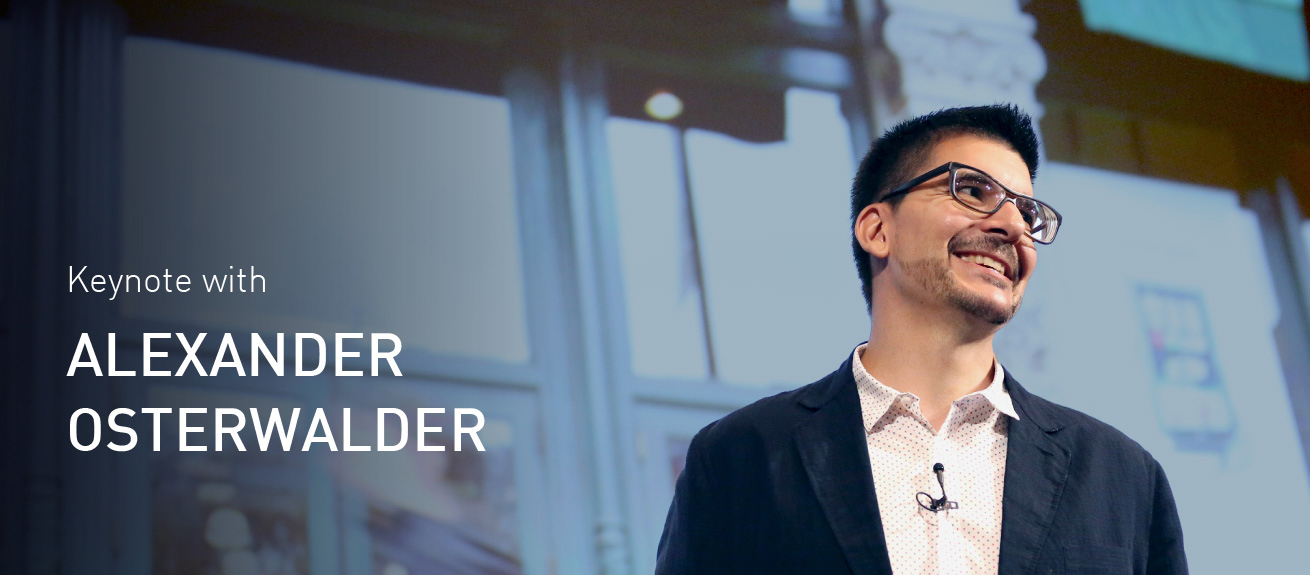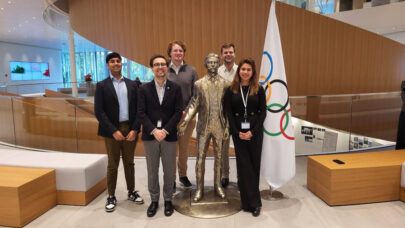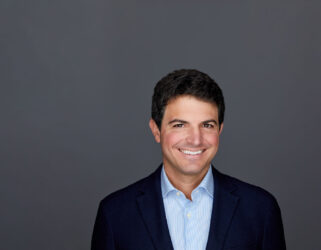
Companies that don’t build innovation into their business will never be ready for disruption, said Alexander Osterwalder in a keynote at IMD’s Orchestrating Winning Performance program. But don’t start with a business plan, he warned, start by innovating. He explained why every company should have a Chief Corporate Entrepreneur.
Osterwalder, inventor of the ‘Business Model Canvas’ and principle author of the book, “Business Model Generation” leads by example when he recommends self-disruption as a protection against disruption. He set out to show why his own best-selling business model needs a rethink when it comes to innovation.
Test ideas before, not after
A traditional business model to transform an idea into a business with specific sales targets is no longer relevant when innovation is at stake, Osterwalder claimed. But since most companies will need innovation to face disruption when it comes, which it will, they need to be prepared.
74% of CEO’s are afraid of disruption, and rightly so, he said, because it can come from anywhere. “You can go from top to bottom in no time,” he said and mentioned the examples of Blackberry and Kodak.
Kodak invented the digital camera, but the company just sat on the invention for 20 years, trying to protect film, and when they woke up, it was too late: “We protect what we have for too long.”
Innovation requires sketching out ideas, developing prototypes, and talking to customers at the same time as managing a core business. “It’s a pretty messy process. You need to provide evidence that the idea will work before you work on a business plan, not after.”
As examples of companies with great business plans that raised a lot of capital before the product was tested, he referred to ‘Better Place,’ a US battery-swapping station for electrical cars and ‘Flo TV’, a project for mobile TV throughout the US. “Flo TV was the CEO’s baby and no one dared tell him that the baby was ugly.” Both were monumental flops, with a loss of $850 million for the first and a reported $1.6 billion for the second.
“We think innovation is a money problem, so we throw money at it. That’s a guarantee for failure.”
The problem is that business models define revenue expectations before testing the product. According to Simon-Kucher consultancy, 72% of all new products fail when they don’t deliver on revenue expectations. Furthermore, “Business models expire like yoghurts in a fridge,” he warned. “A business plan is the best way to waste time. Instead, we need to create spaces for innovation.”
Inventing the future early enough
The companies that succeed are those that are willing to self-disrupt, he said, giving the early examples of Haloid, the first photocopying machine by Chester Carlson and Hilti, a company that provides light machine tools for builders. Both companies reinvented their business models by transforming the sales of their machines into rentals. Haloid became Xerox with an amazing growth rate of 41%, Hilti became a logistics company that rents the right tool at the right place at the right time, thereby allowing the smooth running of construction sites.
“We need to reinvent ourselves,” Osterwalder repeated, saying that a remarkably low 6% of executives are satisfied with the level of innovation in their own company. “We need to design operating systems for companies that create a space for innovation.”
Failures are also part of innovation, he insisted, shining the letter of Amazon’s Jeff Bezos to his shareholders on the screen. A company that has produced a growth machine and achieves $10 billion in sales in only ten years has also racked up numerous failures, like Amazon local, Amazon Auction and the Fire phone. Failure and invention are inseparable twins, but Amazon has created a culture of innovation that decreases the risk until the execution phase is reached. Amazon Web Services, a cloud computing platform, is now pushing the company to record profits and it has nothing to do with retailing.
Appointing Chief Entrepreneurs
The point Osterwalder made is that managing the present and designing the future are very different functions and companies need both; they have to learn to become ambidextrous. Required business plans and linear processes are blockers of innovation. He suggests the appointment of a Chief Entrepreneur in charge of innovation that is on a par with the CEO, a person with true entrepreneurial skills, and who knows how to apply the IDEO style thinking to determine the desirability, feasibility and viability of prototypes.
Executives also need to embrace the idea that innovation can be a career path, not suicide, and he suggested that the same rewards be given to corporate innovators as are to sales people.
On the other hand, to avoid too great a gap between management and design innovation, Osterwalder proposed a bridge in the person of ‘Chief Internal Ambassador’ whose role would be one of communication and diplomacy. “Someone with weight, who can make things happen.”
“If you want to understand a culture, you need to map it,” he quoted Dave Green. Instead of strategic conversations that go around in circles, he proposed strategic thinking that will allow even in the most competitive industries to survive: the key is disruption itself.
Learn more about IMD’s Orchestrating Winning Performance program, offered November 2016 in Singapore.



